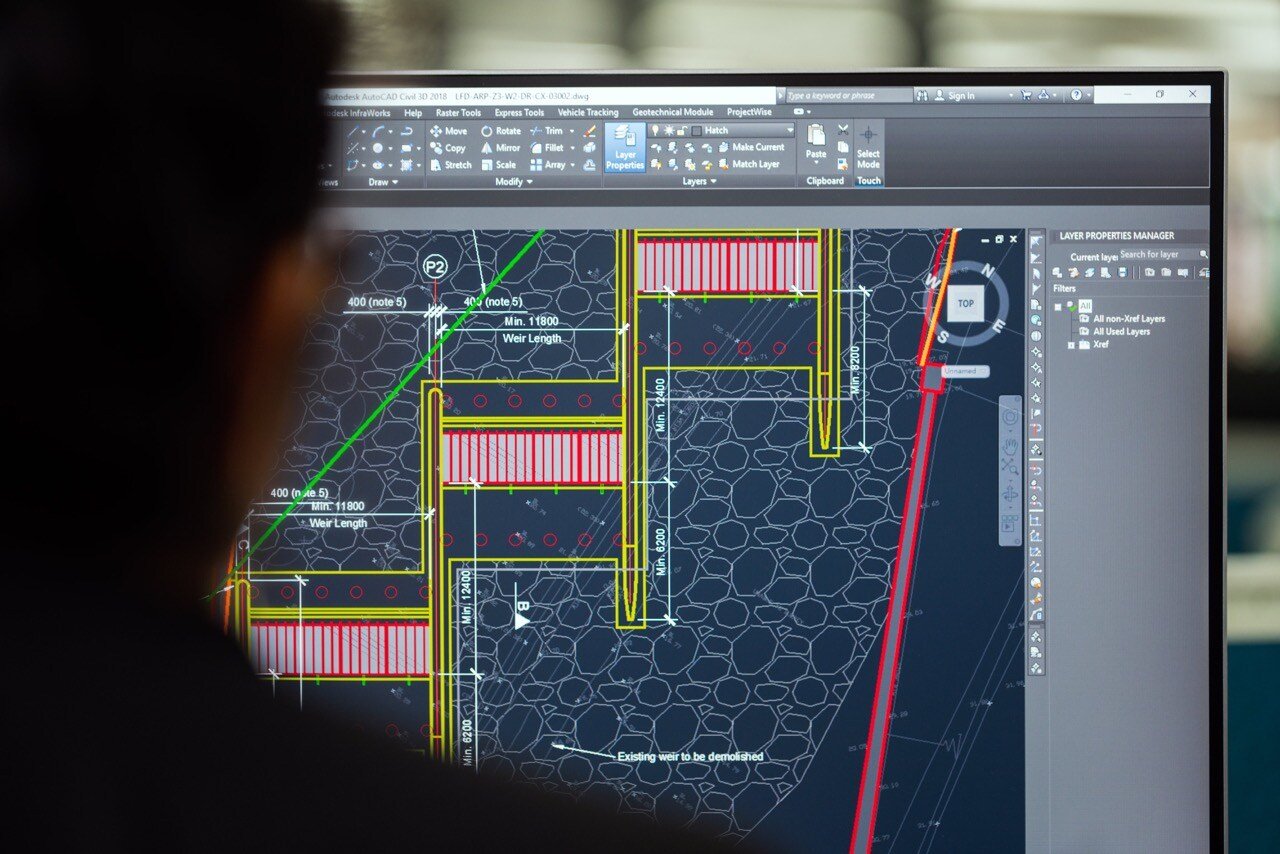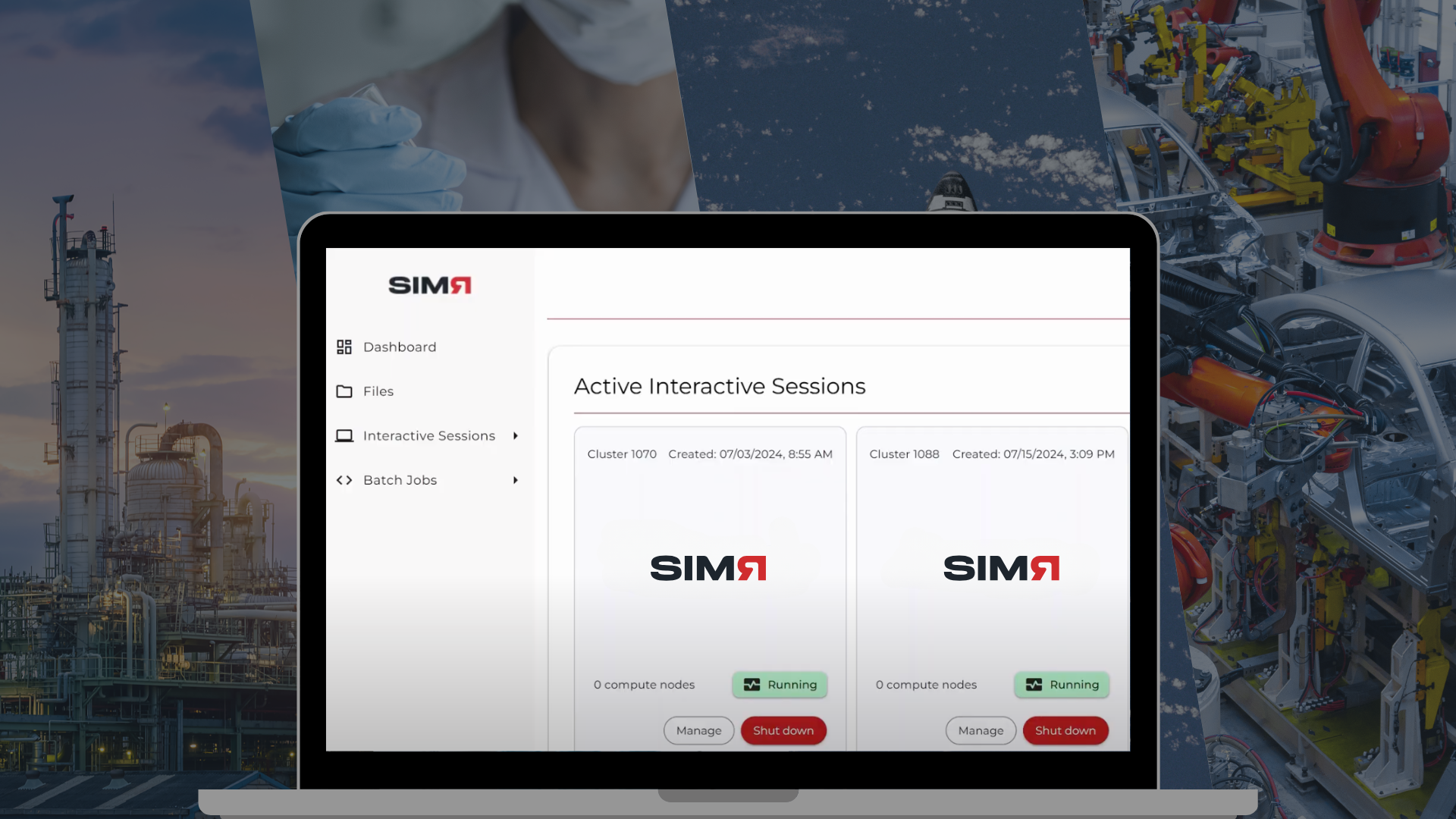A Comprehensive Guide to Engineering Simulation Techniques
In the ever-evolving landscape of engineering, simulation has become an indispensable tool for designing and optimizing products. Engineers use various techniques to design, simulate, and analyze complex physical phenomena, ensuring the efficiency, reliability, and safety of engineering products and processes. This blog provides a comprehensive, educational overview, delving into key concepts of engineering simulation tools, such as Finite Element Analysis (FEA), Finite Volume Method (FVM), Particle in Cell (PIC), and more.
Mathematical Modeling Essentials for Engineers
Engineers understand the critical role of accurate mathematical models in simulations. Whether analyzing structural behavior through FEA, fluid flow with FVM, or employing Finite Difference Methods, creating robust mathematical models is essential. Engineers choose models that best represent the physical behavior under study, ensuring simulations align closely with real-world scenarios.
Understanding Finite Element Analysis (FEA)
Finite Element Analysis (FEA) is a robust numerical technique used by engineers to simulate material phenomena such as strain and stress. It breaks down complex material structures into smaller elements, allowing a granular analysis of material behavior under diverse conditions. The underlying Finite Element Method (FEM) facilitates the simulation of real-world scenarios and predicts material and structural responses to forces.
Simulation Accuracy through Finite Difference and Finite Volume Methods
Engineers use Finite Difference and Finite Volume Methods as discrete approximations of differential equations which are based on the laws of physics. This methodology replaces the differential equation with its difference equation approximation over a fine grid, for example for heat transfer, fluid dynamics, electromagnetics, and other physics phenomena. For improving the accuracy of the approximation, engineers can then fine-tune parameters like grid spacing and time steps.
Exploring Numerical Methods in Simulation
Numerical methods provide the algorithms necessary to solve complex engineering problems. While Finite Difference Methods, Finite Volume Method (FVM), and Finite Element Analysis are prominent, engineers choose the right method for the specific task at hand. The choice of the right algorithm or application software (from Independent Software Vendors, ISVs) depends on many factors, like for example accuracy, stability, and computational efficiency.
Computer-Aided Engineering (CAE) in the Product Development Process
Computer-Aided Engineering (CAE) plays a crucial role in the product development process. CAE tools empower engineers to simulate and analyze the performance of prototypes virtually, reducing the need for extensive physical testing. This integration accelerates the product development cycle and enhances the overall quality and reliability of the final product.
Engineers leverage CAE tools to assess various aspects of product performance, from structural integrity to thermal behavior. The ability to conduct virtual testing and optimization early in the design phase is a hallmark of CAE's contribution to the product development process.
Major ISV Codes in Three Application Areas
Siemens STAR-CCM+ for Fluid Dynamics
Siemens STAR-CCM+ is a leading computational fluid dynamics (CFD) software that excels in simulating and analyzing fluid flow and heat transfer. This comprehensive tool is widely used in industries such as automotive, aerospace, and energy, offering advanced capabilities for modeling complex physical phenomena, turbulence, and multiphase flows. STAR-CCM+ enables engineers to optimize designs, enhance product performance, and gain valuable insights into fluid dynamics, making it an essential solution for those involved in the design and analysis of fluid systems.
Dassault Simulia Abaqus for Material Analysis
Dassault Simulia Abaqus is a powerful simulation software specializing in material and structural analysis. Widely utilized in industries such as aerospace, automotive, and civil engineering, Abaqus enables engineers to simulate and evaluate the behavior of materials under various conditions. Its capabilities include nonlinear material modeling, dynamic simulations, and multiphysics analysis. Engineers leverage Abaqus to predict how materials respond to mechanical, thermal, and environmental factors, aiding in the optimization of designs and ensuring the structural integrity of components and systems.
Ansys Electromagnetics
Ansys Electromagnetics is a suite of simulation tools designed for the analysis of electromagnetic fields and phenomena. This software is crucial for engineers working in industries like electronics, telecommunications, and energy, where understanding and optimizing electromagnetic behavior are paramount. Ansys Electromagnetics allows for the simulation of antennas, electric motors, sensors, and other devices, providing insights into electromagnetic interactions. Engineers use this software to design and optimize electromagnetic components, ensuring efficiency, performance, and compliance with industry standards.
Advancements in Cloud-Based High-Performance Computing (HPC)
As simulations grow in complexity, the demand for computational power increases. Engineers appreciate advancements in High-Performance Computing (HPC), especially in cloud-based solutions. Cloud-based HPC offers the necessary computational power, scalability, and flexibility, at their fingertips, enabling engineers to tackle complex, large-scale simulations efficiently.
Engineers use cloud-based HPC for parallel processing, enabling the simulation of large complex models and reducing time-to-results. The cloud infrastructure allows for on-demand resource allocation and scaling resources up and down, minimizing run-time and costs, and optimizing performance.
Conclusion
In this comprehensive guide, we've explored a range of detailed numerical techniques for CAE, from FEA to FVM, and PIC. Each method offers a unique way to understand complex aspects of the physical world, transforming mathematical concepts into practical insights.
As we journey through the diverse realms of simulation, breaking down mathematical and algebraic equations, orchestrating particle movements, and leveraging virtual prototypes, we uncover innovative pathways.
The integration of Computer-Aided Engineering (CAE) into product design, development, and optimization showcases the transformative impact of virtual testing. As engineers navigate the intricacies of structural integrity and fluid and thermal behavior digitally, the accelerated product development cycle becomes a symbol of innovation.
In concluding this exploration, the horizon of possibilities of computer aided engineering stretches infinitely. Each simulation not only deepens our understanding of mathematical models and numerical methods, but leads to great advances and innovation in our next-generation products and processes.
Discover opportunities with UberCloud today.

.png)




